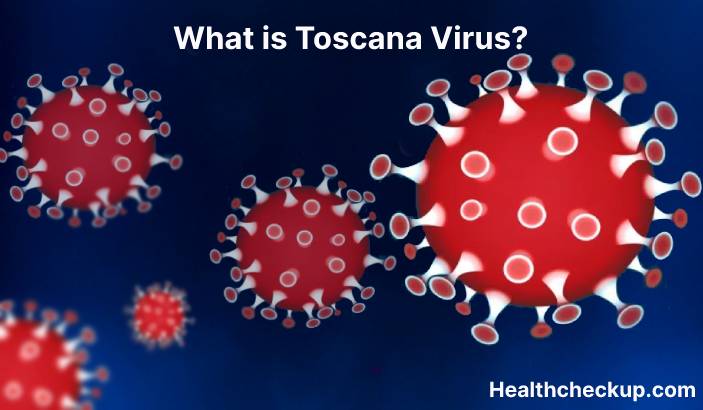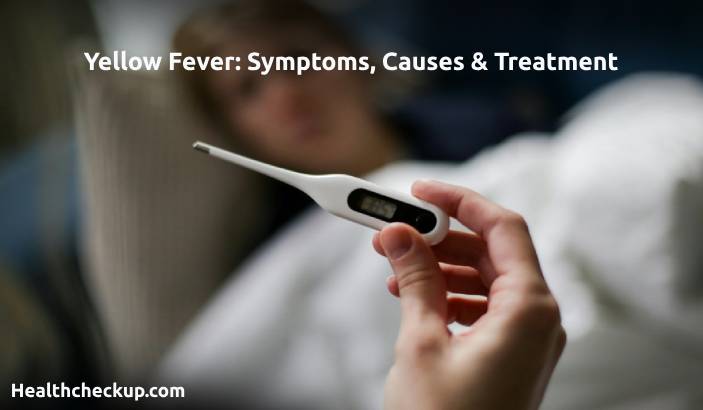Toscana virus (TOSV) infection is a viral illness that is transmitted through the bite of an infected sandfly. TOSV is found in Mediterranean countries and parts of North Africa, and it is most commonly transmitted in the summer months. TOSV infection is characterized by fever, muscle aches, and neurological symptoms, such as headache and encephalitis.
Symptoms of TOSV infection may include:
- Fever
- Muscle aches
- Headache
- Rash
- Encephalitis (inflammation of the brain)
- Seizures
TOSV infection can lead to serious complications, such as encephalitis, meningitis, and organ damage. TOSV infection is fatal in about 1-5% of cases.
Diagnosis of TOSV infection is typically based on the presence of symptoms and a history of sandfly exposure. It may also involve laboratory tests to confirm the presence of the virus.
There is no specific treatment for TOSV infection, and treatment typically involves supportive care to manage symptoms and prevent complications. This may include medications to control fever and pain, fluids to prevent dehydration, and oxygen therapy to support breathing. Hospitalization is often necessary to provide treatment and to monitor for complications.
Toscana virus (TOSV) infection can be prevented through the use of insect repellents, wearing protective clothing, and avoiding areas where sandflies are prevalent. If you are experiencing symptoms of TOSV infection or have been exposed to sandflies, it is important to seek medical attention as soon as possible. Follow the recommendations of your healthcare provider and public health officials to help protect yourself and others from Toscana virus (TOSV) infection.








